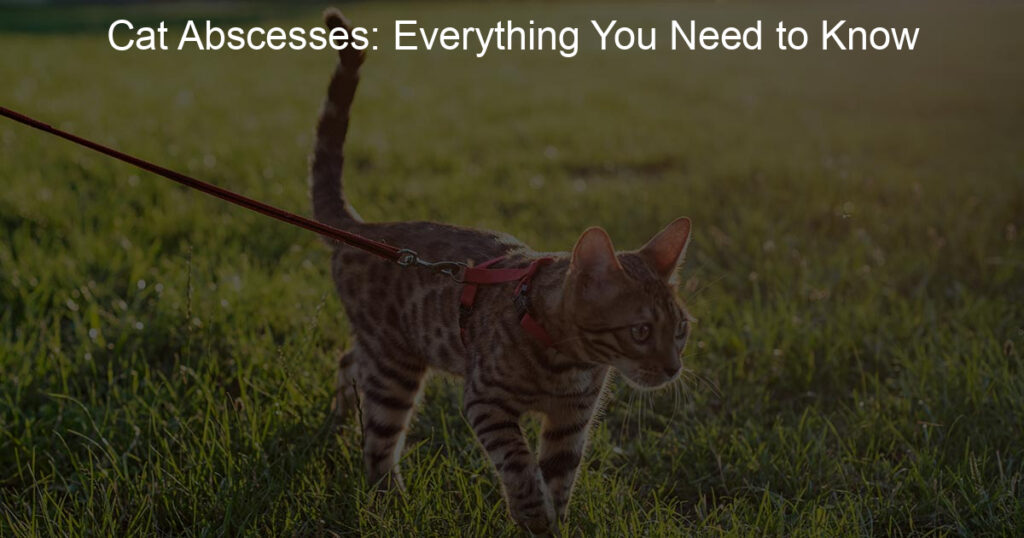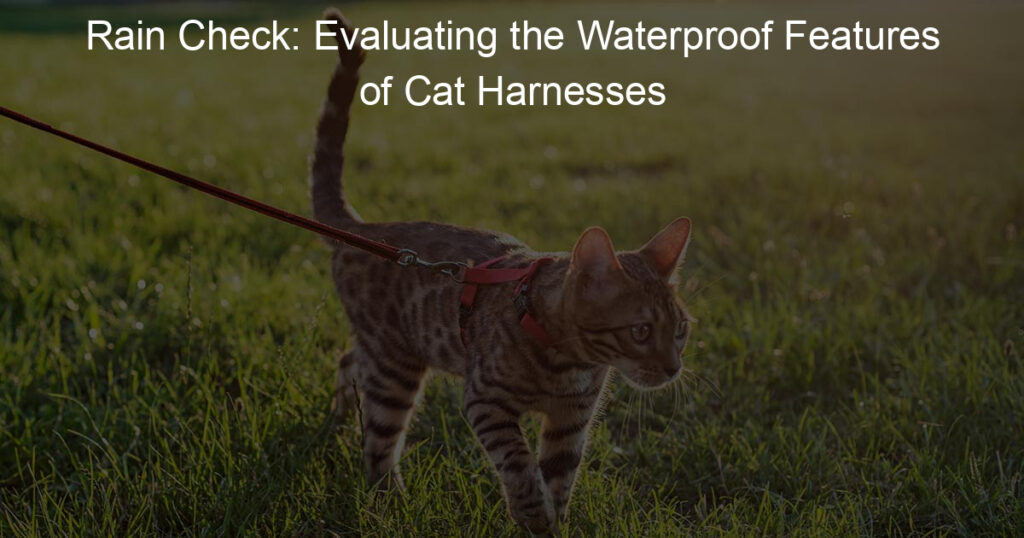Are you a pet lover with a cat or cats at home? If so, it’s important to be aware of the potential health risks they can face. One common issue among cats is abscessed which are infected pockets in the body that can cause considerable discomfort and even pain if untreated.
In this blog post, we’ll look into all aspects of cat abscesses – what causes them, how to recognize them, and how to treat them. With this knowledge base on hand as a pet owner, you’ll have peace of mind knowing that you’re prepared for any abscess situation your furry friend may experience.
When should I worry about my cat’s abscess?
As a pet parent, it’s always important to be aware of the signs and symptoms of infections or illnesses in your pets. A cat’s abscess should never be ignored—if you notice that your cat has any kind of swelling, redness, warmth or discharge around their tail or back legs, it could indicate an abscess that needs to be treated as soon as possible.
It’s also a good idea to make regular appointments for check-ups with your veterinarian so that any underlying health issues may be identified early on before they present more serious symptoms. By doing this you can make sure that your precious fur baby stays healthy and happy for years to come!
Can a cat survive an abscess?
Most pet owners know that cats can be susceptible to abscesses, which are infections causing pus to build up in the affected area. Though they might look unpleasant and worrisome, abscesses aren’t ultimately fatal, so your feline friend will have no problem surviving one.
That being said, you mustn’t try to use home remedies to treat their abscess, as this could end up doing more harm than good – if your cat has an abscess of any kind, take them immediately to the vet for the best chance at recovery. By getting professional medical attention, you can help reduce their pain and get them feeling better soon!
How long can a cat go with an abscess?
The amount of time a cat can go with an abscess depends on the severity of the infection and how quickly it is diagnosed and treated. An untreated abscess can range from a couple of days to several months, so it’s important to keep an eye out for any potential signs and get your cat checked out by the vet if needed.
In addition, cats that have abscesses tend to take longer to heal, as the bacteria and pus can quickly spread causing major complications. So if you suspect your cat has an abscess – don’t dawdle. Get them looked at by a professional as soon as possible for their health and well-being!
What are the stages of cat abscess healing?
Healing an abscess on your cat can be a difficult process, but with proper attention and care, the pet will soon be feeling better. The healing process can involve four distinct stages, starting with inflammation and progressing through infection, pus formation, and finally clotting. During the first stage of inflammation, owners should keep a close eye on their cat for signs of discomfort or swelling.
After the infection has been properly cared for when it reaches its peak in the second stage, the body will attempt to expel any excess fluid at stage three. Finally, during the fourth stage of clotting, a scab will form over the wound enabling natural healing to occur. As long as steps are taken correctly along each of these stages then you should have your kitty back to its frolicking self in no time!
Should I clean my cat’s burst abscess?
Cleaning a burst abscess on your cat can be a daunting task. It is important to remember that you should always seek out professional vet advice before attempting this yourself. Depending on the severity of the case, your vet may prescribe antibiotics to keep it clean and they may even suggest trying topical treatments while monitoring it at home.
This can reduce stress and the cost associated with medical care while ensuring that your pet is getting the best treatment possible. Just make sure that you follow all instructions given by your vet and monitor the situation very carefully as you don’t want to cause any further harm to your beloved pet.
Final Remarks
Overall, it is important to be knowledgeable about cat abscesses and to seek veterinary advice as soon as possible if you suspect your pet has an abscess. Pay close attention to your cat’s reactions to their environment – keep them away from roughhousing with other cats and be sure to take preventative measures such as keeping them up-to-date on vaccinations.
Hopefully, this post has been helpful and now you are equipped with the knowledge about cat abscesses that you need. Even though a cat abscess can be a daunting health issue for both owners and cats alike, by arming yourself with information, you’re taking an immediate step in the right direction toward a healthy recovery.
Be sure to keep open communication with your veterinarian so they have all of the necessary information needed to fully understand what’s happening within your pet and they can provide you with further guidance if needed. Keeping these tips in mind will help make this the least stressful process possible. Taking the proper steps in caring for your pet is paramount when it comes to making sure they have long, healthy lives – and we’re here to help make that journey easier!












